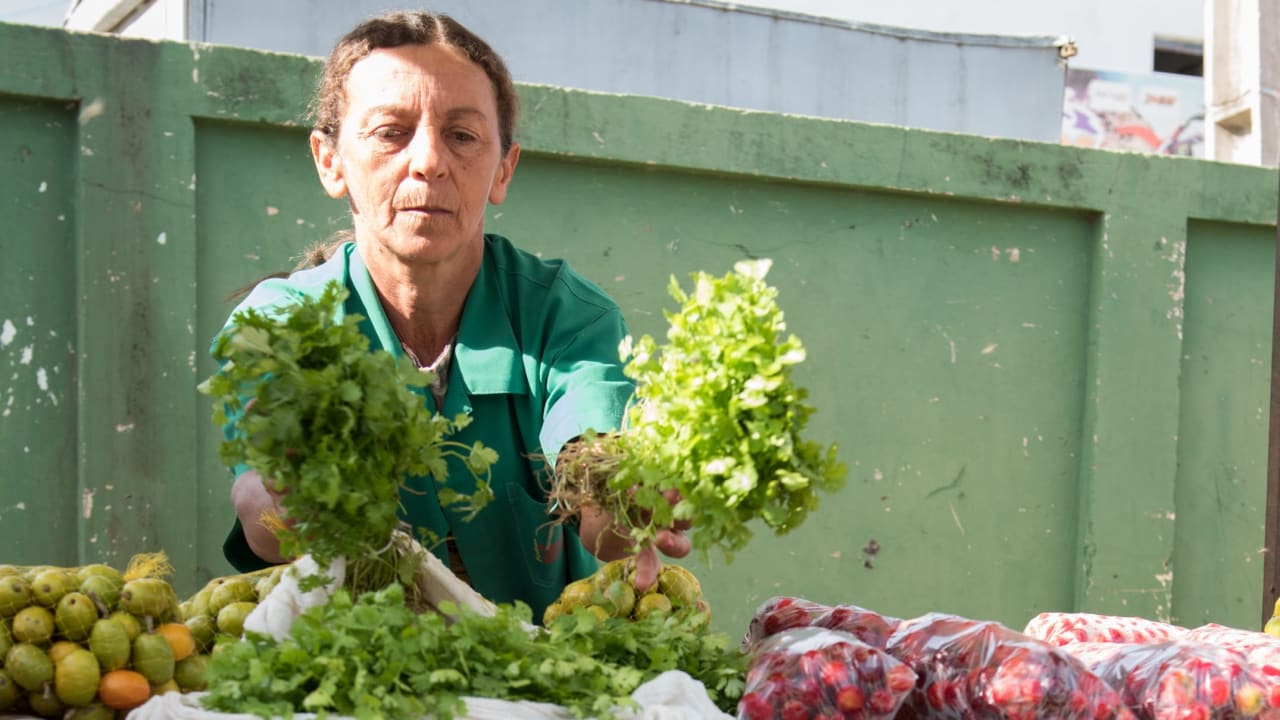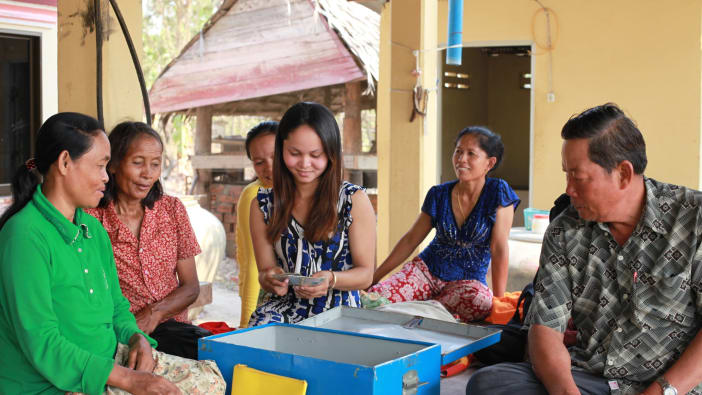This resource is written to support the design, planning and implementation of sustainable, market-based agriculture projects for smallholder farmers and communities.
It focuses on the development of agricultural value chains, an approach that strengthens livelihoods, incomes, food security and nutrition through enabling smallholder farmers to shift from highly subsistence-oriented agricultural production systems to market-led production systems that are environmentally sustainable.







